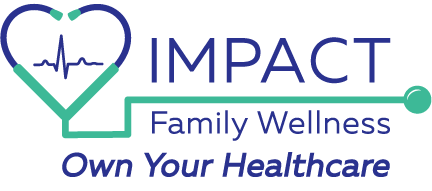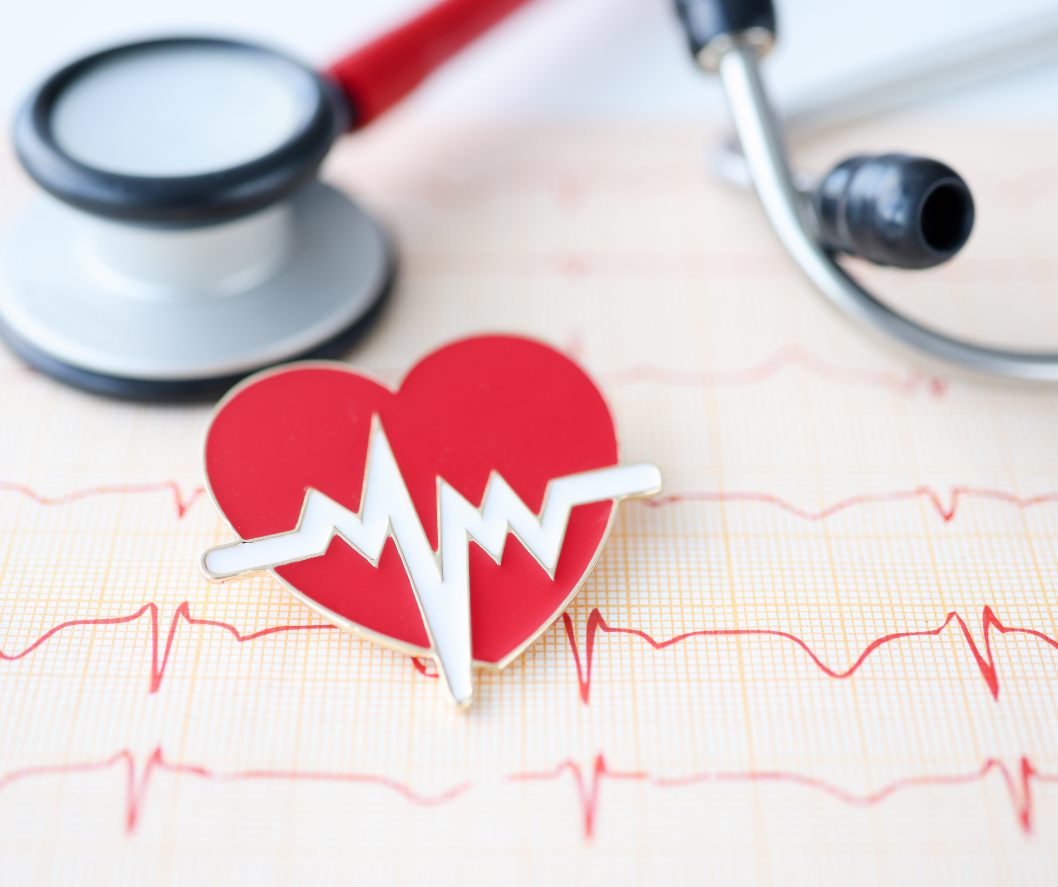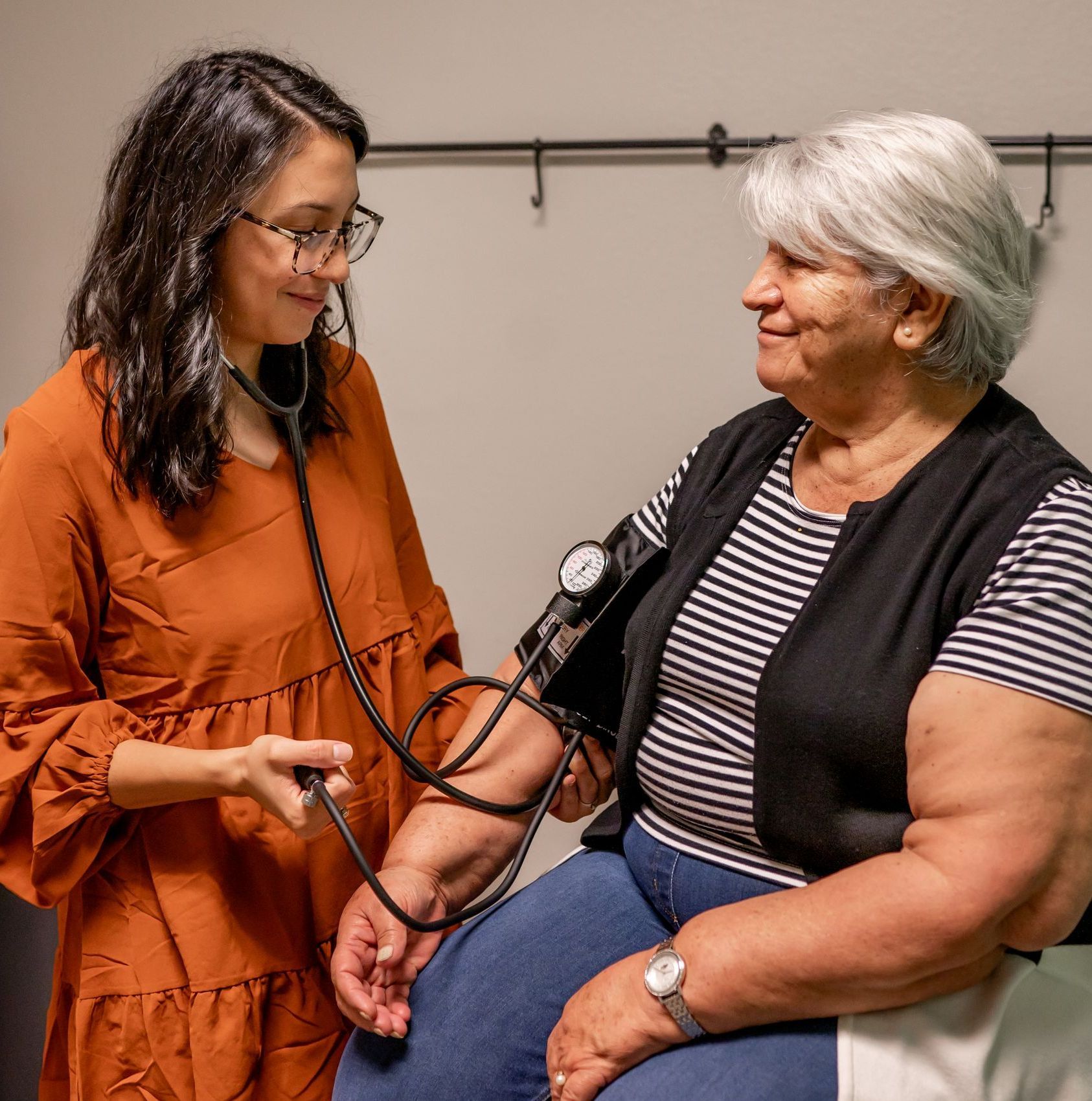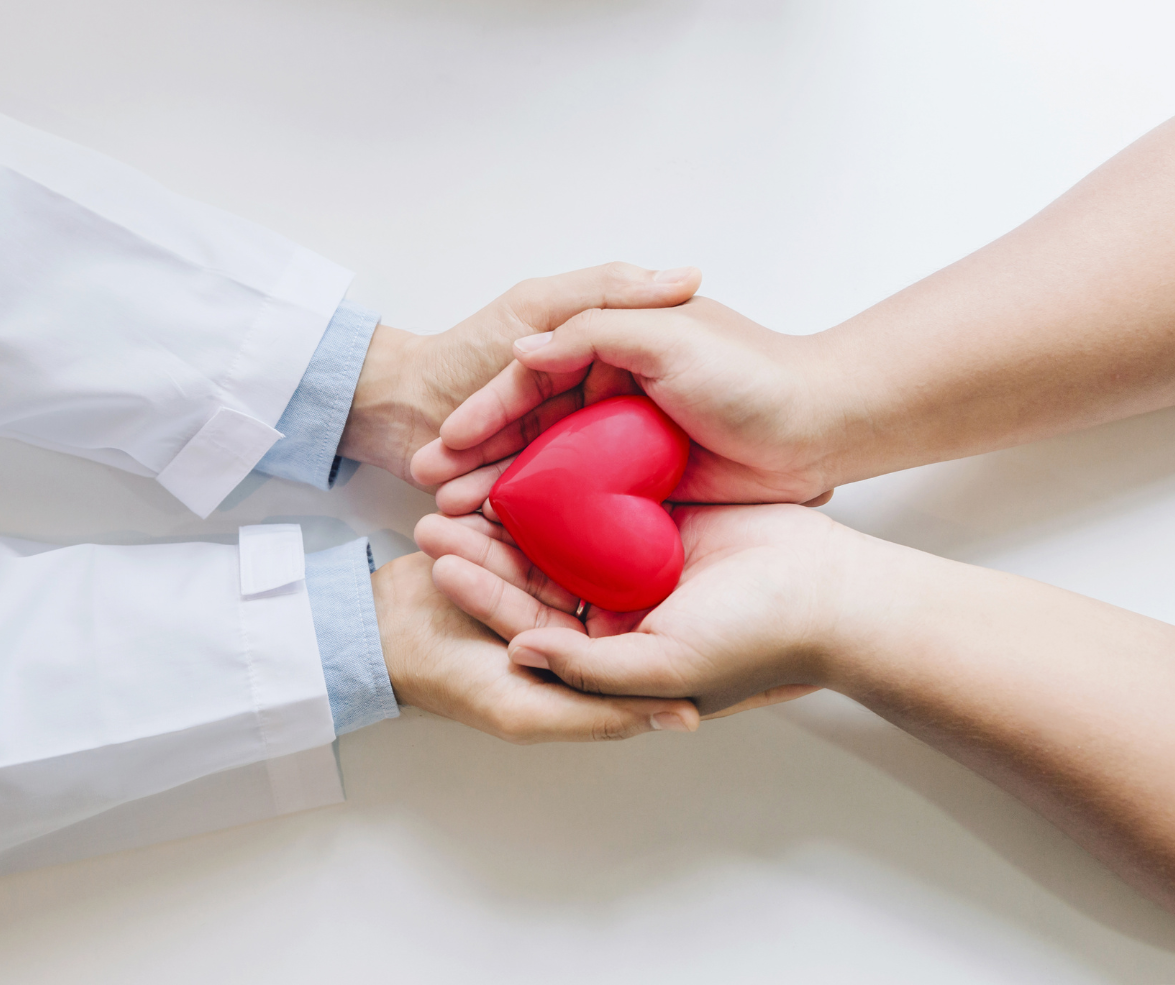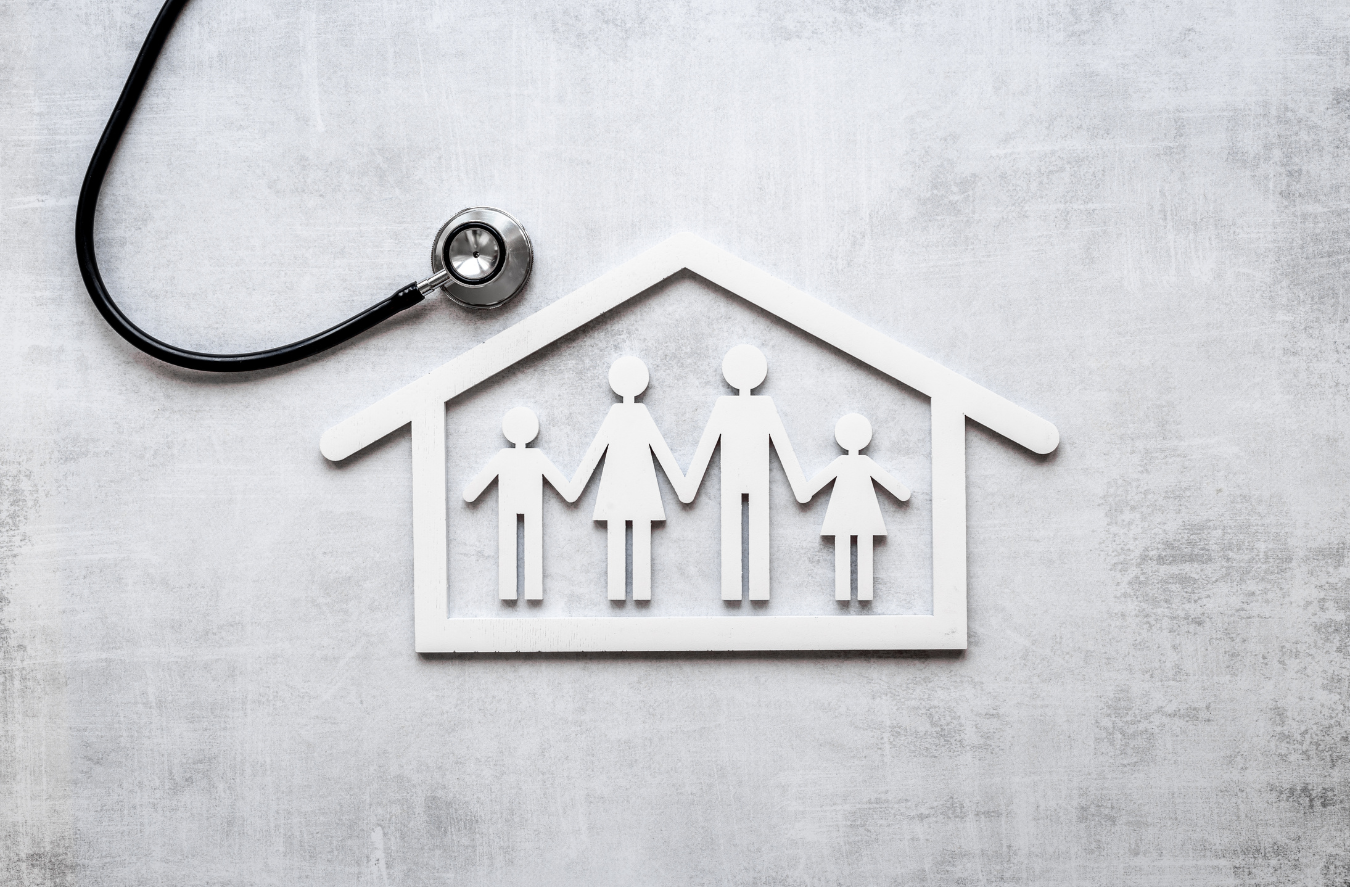The Signs & Symptoms of Lung Cancer
We all know someone who has had cancer and survived or has given into the disease. It's no wonder that cancer is among the top 4 leading causes of death globally, accounting for nearly 10 million deaths in 2020. Cancer is a term used to describe a large group of diseases that form on an organ or tissue when the normal processes of cell division and growth are disrupted and give way to abnormal, uncontrollable growth that spreads to adjoining body parts.
This month marks world lung cancer awareness. Reports show that in 2020, lung cancer killed 1.8 million people globally. It’s the most common form of cancer.
Lung cancer begins when cells found in the lungs grow out of control giving the diagnosis of Primary Lung Cancer. Lung cancer that spreads from another part of the body to the lungs is Secondary Lung Cancer.
There are two main types of primary lung cancer, classified by the type of cells in which cancer starts growing;
1. Non-small cell lung cancer is the most common form of lung cancer that affects an estimated 80%-85% of diagnosed cases, while
2. Small cell lung cancer is less common affecting 10%-15% of cases but spreads faster. It is also referred to as oat cell cancer.
These two types of cancers grow differently and have different treatment methods.
Risk Factors of Lung Cancer
It is unknown what exactly causes each case of lung cancer. But many of the risk factors- anything that increases a person’s chance of getting a disease - discussed below are proven causes.
1. Cigarette smoking
Tobacco smoke is the leading cause of lung cancer deaths globally due to the over 60 known carcinogenic (cancer-causing) chemicals in cigarettes. Other products linked to inhaling carcinogens include cigars, pipe tobacco, snuff (a powdered form of tobacco), and chewing tobacco.
The risk of lung cancer for people who smoke is many times higher than for people who don't smoke. The longer you smoke and the more packs of cigarettes a day you smoke, the higher your risk.
2. Second-hand smokers
If you frequently are exposed to other people’s tobacco smoke (passive smoke), you are at an increased risk of developing lung cancer.
3. Exposure to Radon
Radon is a naturally occurring radioactive gas that results from the breakdown of uranium in water, soil, and rocks. It can get into homes and buildings without notice because you can’t see, taste, or smell radon gas. Here in the United States, radon is the second leading cause of lung cancer and is the leading cause among non-smokers.
4. Exposure to other carcinogenic substances
People working with asbestos (such as in mines, mills, textile plants, places where insulation is, and shipyards) are several times more likely to die of lung cancer. Agents like silicosis, arsenic, beryllium, cadmium, and even diesel exhaust may lead to lung cancer, especially if one smokes.
Symptoms of Lung Cancer
- Coughing that doesn’t go away or coughing that just gets worse
- Wheezing
- Chest pains when laughing, coughing, or breathing
- Shortness of breath
- Coughing up blood
- Always being fatigued
- Loss of appetite leading to
- Losing weight without any reason
- Frequent bouts of pneumonia or bronchitis
- Swollen or enlarged lymph nodes inside the chest
Preventing Lung Cancer
There is no sure way to prevent lung cancer. However, you can decrease the risk of getting cancer by:
- Not smoking or stopping to smoke entirely
- Having a healthy diet
- Keep fit by exercising regularly
Treatment of Lung Cancer
- Surgery- during an operation, the doctors remove the cancer tissue affecting the lung or nearby organs.
- Chemotherapy- uses specific medicine to shrink or kill the cancer cells entirely.
- Radiation therapy- uses high-energy rays like X-rays to kill the cancer cells.
- Targeted therapy -uses drugs to block the growth and spread of cancer cells.
If you or a loved one has any of these symptoms, schedule a visit with us for an examination plus assistance collaborating with a specialist.


